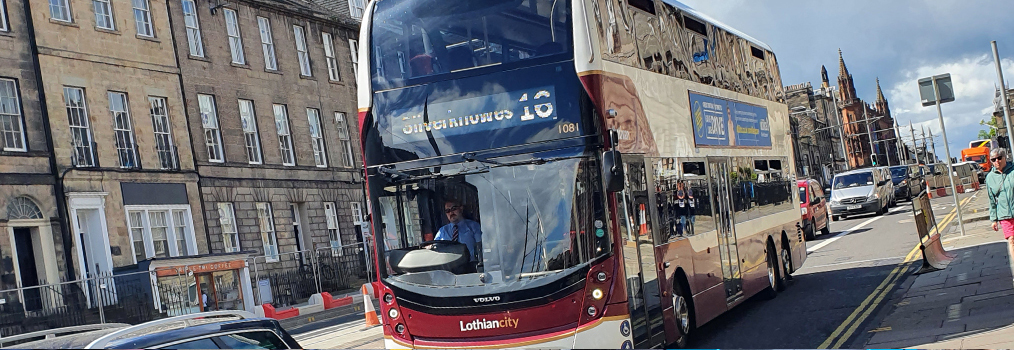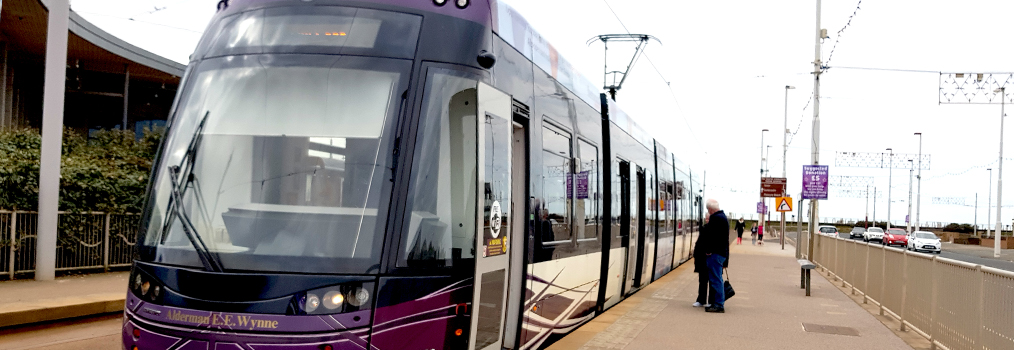Revenue growth of 27% drives subsidy bill down to £4bn
Rail finance figures highlight improvements, but full recovery still a long way off
The passenger rail industry’s finances took a turn for the better in 2022/23, according to figures published recently by the Office of Rail and Road (ORR). However, there was still a deficit on the passenger business of some £4.2 billion, which had to be met by the taxpayers.

Total passenger income during the year was £8.4 billion, 32.6 per cent ahead of the previous year. A further £628m of other operating income brought the total income to £9.03 billion, 27.6% up. Operating costs during the year totalled £13.2 billion, 7.7% down on the previous year, leaving the £4.2 billion deficit. This represented a 42 per cent improvement on 2021/22.
The government paid £4.36 billion in subsidies to the train operating companies, leaving them an operating profit of £193m, at a margin of 2.1%. The net figure, after finance and taxation, was £159m giving the operators a 1.2% uplift on operating costs.
Despite the substantial improvement, revenue figures continued to be well below pre-Covid numbers. The total passenger income in 2018/19 was £11.95 billion, so last year’s total remained 29.7 per cent short. Costs, meanwhile, were 1.4 per cent lower than before the pandemic.
The figures also give some breakdown of operating costs, enabling us to look at both their movement and the percentage breakdown. Highlights include:
- The largest component was staff costs, which, at £3.73 billion, represented 28.2 per cent of the total. The cost was 6.3 per cent lower than 2021/22, and 3.6 per cent down on 2018/19.
- Track access charges paid to Network Rail totalled £3.43 billion, accounting for 26 per cent of the total. The figure was 1.4 per cent up on the year, and 7.4 per cent higher than pre-Covid.
- Rolling stock charges were the third highest component, on 23.4 per cent, giving a total figure of £3.09 billion. This represented a saving of 6 per cent over the previous year but were 7.4 per cent higher than before the pandemic.
- Diesel fuel is the smallest component identified separately, accounting for 3.1 per cent of total costs, but showing the largest increases. The £404 million total was 30.7 per cent higher than the previous year, and 22.5 per cent up on 2018/19’s figure.
- The balance of costs, comprising 19.3 per cent, covered other operating costs. The total, at £2.55 billion, was almost 24 per cent down on the previous year, and 15.6 per cent down on the pre-pandemic figure.
Looking at sector performance, the InterCity operations saw revenue growth of 40.1 per cent, whilst operating costs rose by just 1.4 per cent. The subsidy requirement fell by 49 per cent to £910m, but income remained 25.2 per cent below the 2018/19 total
The commuter services in London and the South East (excluding the Elzabeth Line) came next in terms of revenue growth, achieving 33.8 per cent. Operating costs were 7.6 per cent lower, and the subsidy requirement fell by 53.6 per cent to £1.34 billion. Income remained 28.9 per cent below pre-Covid levels. The Elizabeth Line earned revenue of £336m, against costs of operation of £498m, leaving a subsidy requirement from TfL of £166m.
The regional franchises saw revenue growth of 26.9 per cent, whilst costs rose by 3.7 per cent. The subsidy bill totalled £1.93 billion, down from £2.04 billion a year earlier. Income remained 25.2 per cent short of pre-pandemic levels.
Amongst individual TOCs, the largest subsidy was paid to the state-run ScotRail, at £697m. This public support covered 72 per cent of its total operating costs, with the passenger and other income of £278m not quite covering the operation’s labour costs. The subsidy was down from £761m a year earlier, but up from £454m pre-Covid. The income figure compared with £199m in 2021/22 but still some way short of the £419m earned in 2018/19.
Also topping the £600m figure was another state-run business, Northern. Here, total subsidy of £602m paid for 64 per cent of operating costs. The passenger and other income of £336m managed to pay for 84 per cent of the wages. The subsidy bill fell from £636m in 2021/22 and compared with the £368m paid in 2018/19. Income growth of £26m had been achieved over the previous year’s total of £310m, but still fell short of the £392m received in 2018/19.
At the other end of the scale, one operator, the Greater Anglia, now owned by the Transport UK Group in joint venture with Mitsui, actually paid a small premium of £26m to DfT during the year. This small premium compared with a £226m subsidy bill in the previous year but fell short of the £232m paid to government in the last pre-Covid year. The company’s £603m worth of income compared with £336m in 2021/22, although it was still short of the £746m earned in 2018/19.
The next lowest subsidy spending came at Arriva’s Chiltern operation, which received £20m in aid, down from £63m in 2021/22 but compared with a £68m premium from 2018/19. The company’s revenue of £184m had grown from £128m in the previous year but was still short of the £266m earned in 2018/19.
The highest proportional revenue growth was achieved by GWR, the FirstGroup subsidiary. Income totalled £953m, up 135.6% from the previous year’s £694m, though this remained just under 16% below pre-pandemic levels. Next came London Overground, operated by Arriva for TfL, which saw 80.3% growth, taking the total to £242m, coming to within 11.2 per cent of 2018/19. Greater Anglia saw a similar advance of 79.4 per cent, taking the total to £603m, 19.1 per cent below full recovery.
The lowest revenue growth occurred at Merseyrail, the Serco/Transport UK joint venture, at just 3.3 per cent, taking the revenue to £73m, but this was within 1.4 per cent of what was being achieved before the pandemic. The only other TOC with revenue growth in single figures was Essex Thameside, Trenitalia’s heavily commuter-dependent operation, where growth of 4.4 per cent took the total to £135m but left it 32.6 per cent short of recovery. One operator, Caledonian Sleeper, recorded income above that achieved before the pandemic. Franchisee Serco saw revenue £2m or 5.8% up on its 2018/19 figure in its last full year of operation before renationalisation in June 2023.
Comment
The ORR’s figures paint a fascinating picture of an industry still in recovery from the shocking events of 2020 and 2021, and their ongoing consequences. As with the quarterly demand figures I discuss regularly in these pages, we see an industry badly affected by ongoing falls in commuting as hybrid and home working become further established and where the goose of business travel has ceased to lay its golden egg of full price and first class revenue.
In a year of economic and political turmoil, high inflation and a cost of living crisis, not to mention ongoing industrial action and poor performance in several companies, one could argue that the remarkable thing about these numbers is that growth was achieved at all.
From the government’s point of view, the ongoing need for at least £4 billion in revenue support for the train operators is clearly unwelcome – as DfT ministers are wont to remind the industry – and, as the fiscal year 2023/24 draws to a close as I write, it remains to be seen how the figures for 2023/24 will pan out.
Indications of a continuing recovery came as I write in the form of the latest quarterly statistics, published on 21 March, which I hope to analyse in more detail in my next article. At first glance, the figures are encouraging, with patronage growth of 19.9 per cent in the quarter, and as much as 27 per cent in the rolling year to 31 December. Revenue was 20% up on the quarter (after adjusting for inflation), and 15 per cent ahead on the rolling year, giving an annual total of above £10 billion for the first time since the start of the lockdowns.
Like the economy has a whole, the rail industry may have turned a corner.
For five-year trends in financial performance for each TOC, CLICK HERE



